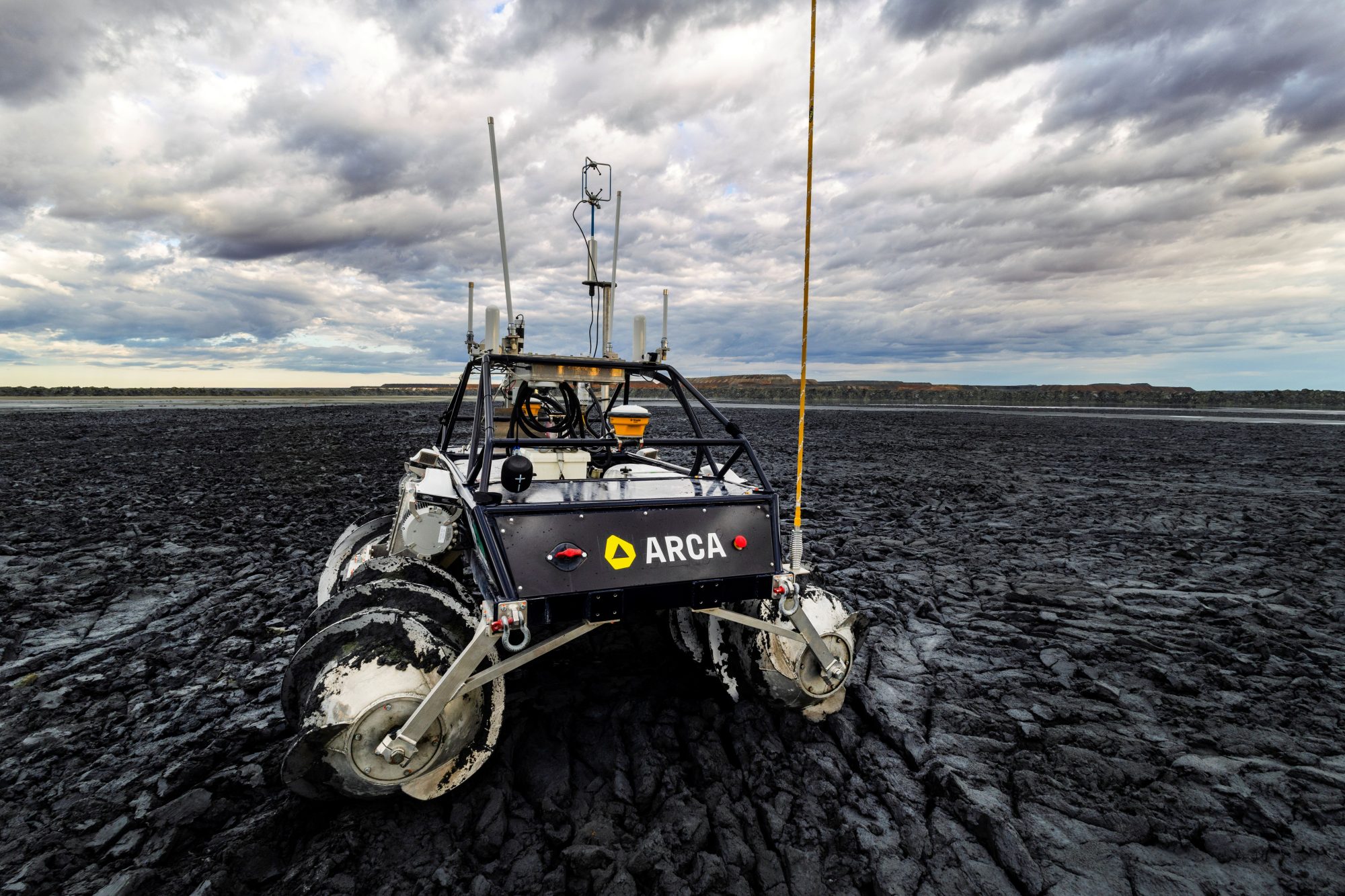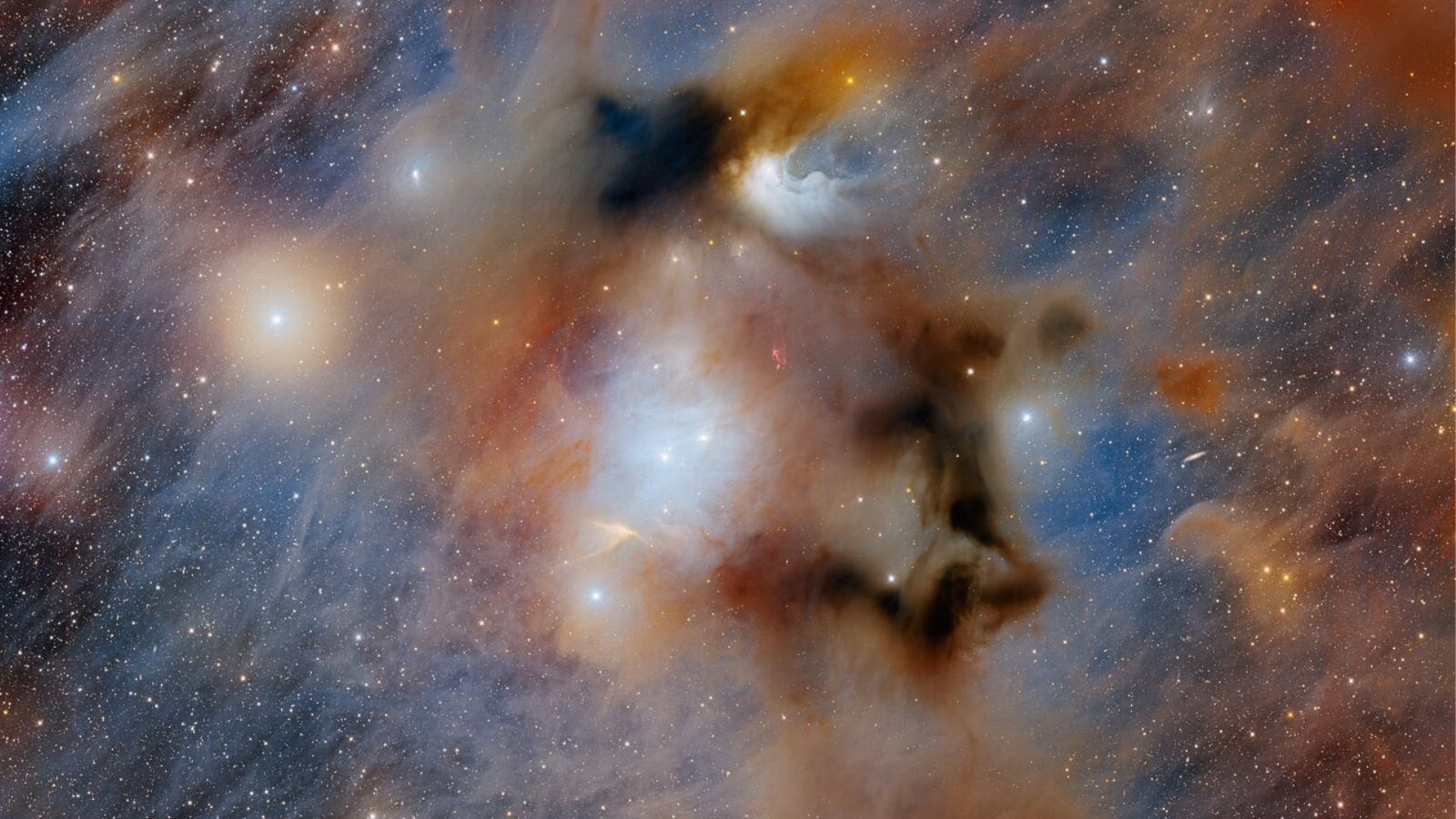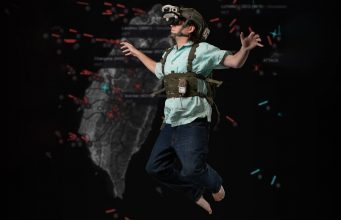Physicists can’t explain mysterious radio wave emissions in Antarctica
The anomalous readings ‘appear inconsistent with the standard model of particle physics.’ The post Physicists can’t explain mysterious radio wave emissions in Antarctica appeared first on Popular Science.

For nearly two decades, balloons carrying highly sensitive atmospheric instruments have drifted more than 25 miles above one of the world’s most remote regions. The floating array is the Antarctic Impulsive Transient Antenna (ANITA) experiment, a project overseen by an international group of researchers tasked with measuring some of the universe’s oldest and hardest-to-detect cosmic rays. Specifically, the team is hunting for neutrinos—particles with no charge that also possess the smallest known subatomic mass. But according to their recent report, ANITA has repeatedly picked up some truly weird signals that defy explanation.
“The [radio pulses] appear inconsistent with the standard model of particle physics,” the study’s authors wrote for the journal Physical Review Letters.
Neutrino signals are everywhere, and originate from high-energy sources like our sun, supernovae, and the Big Bang. Billions of the particles are passing through a space the size of your thumbnail at any given time—but that doesn’t make them easy to find. That’s because they generally don’t interact with their surroundings, meaning trying to find them is similar to searching for subatomic needles in a cosmic haystack.

“This is [a] double-edged sword problem,” Penn State University associate professor of physics, astronomy, and astrophysics and study co-author Stephanie Wissel said in a statement. “[But] if we detect them, it means they have traveled all this way without interacting with anything else. We could be detecting a neutrino coming from the edge of the observable universe.”
Neutrinos travel at nearly the speed of light, and tracing them back to their sources can offer more data than even some of today’s most powerful space telescopes. Wissel has spent years codesigning experiments to identify neutrinos, and that’s where systems like ANITA come into play. Once deployed, ANITA’s radio antenna balloons are pointed back down to the ice where there is very little chance of signal interference. Wissel and colleagues then wait for radio emissions as neutrinos interact with the Earth’s frozen surface.
The team is particularly focused on tau neutrinos. These are specifically affected by the Antarctic ice and subsequently release secondary subatomic particles called tau leptons during emission events known as air showers. Although invisible to the human eye, Wissel likens the showers to waving a sparkler in one direction as the sparks shoot away from it. Despite their infinitesimal size, physicists distinguish between ice and air shower emissions, identify particle attributes, and even trace them back to their origin site.
But that’s only if they obey the known laws of physics—and a handful of particles aren’t doing that in Antarctica.

“The radio waves that we detected were at really steep angles, like 30 degrees below the surface of the ice,” said Wissel.
Further calculations indicated the anomalies would have needed to pass through and potentially interact with thousands of miles of rock to get to them. This should mean that their signals were undetectable—and yet ANITA still flagged them. Researchers then cross-referenced these readings with other detector projects but didn’t find anything to help explain the data, leading them to classify them as “anomalous.” Although some experts have suggested the signals could relate to the universe’s elusive dark matter, there currently aren’t enough follow-up observations to explain the weirdness. But if nothing else, the team is pretty confident the signals aren’t their intended targets.
“It’s an interesting problem because we still don’t actually have an explanation for what those anomalies are, but what we do know is that they’re most likely not representing neutrinos,” she added.
Wissel’s team is currently designing a new aerial neutrino detector called the Payload for Ultrahigh Energy Observations (PUEO). Larger and more fine-tuned than ANITA, PUEO should be even better at flagging. In the process, it may also help to solve the identity of the physics-defying signals.
“My guess is that some interesting radio propagation effect occurs near ice and also near the horizon that I don’t fully understand… [but] we haven’t been able to find any of those yet either,” said Wissel. “So, right now, it’s one of these long-standing mysteries.”
The post Physicists can’t explain mysterious radio wave emissions in Antarctica appeared first on Popular Science.



































.jpg)



















































































































